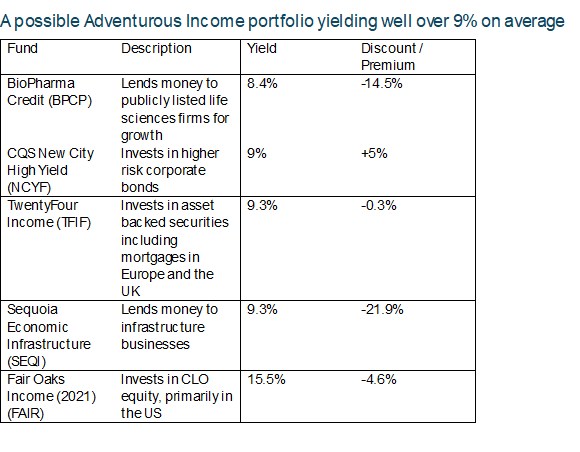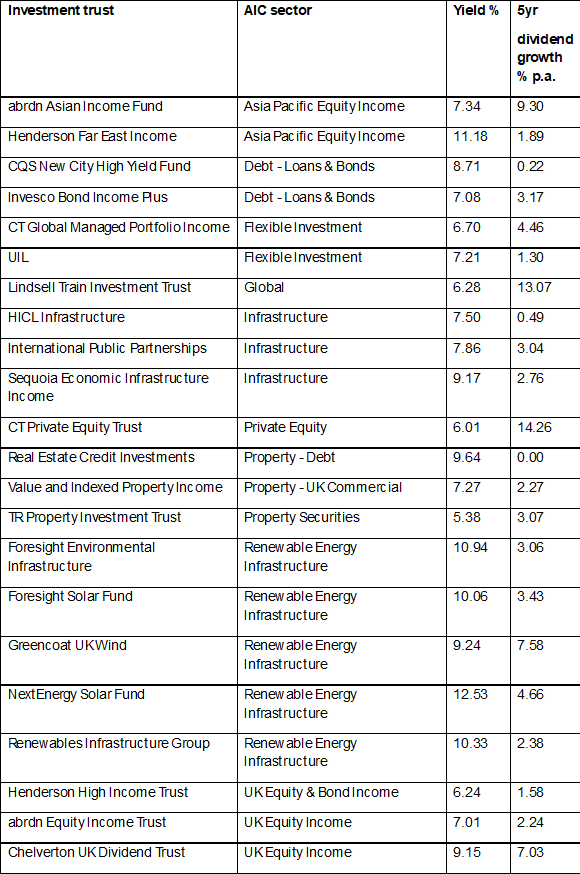
The Motley Fool
Free Article
Here’s How Much Warren Buffett Has Earned From Coca-Cola’s Dividend
By Will Healy – Jan 27, 2023
The stock has hiked its payout annually for 60 years, a factor that greatly benefited investors such as Buffett.
After 35 years, payouts add up with this dividend growth stock.
One of the more notable investments in acclaimed investor Warren Buffett’s career was Coca-Cola (KO 0.53%). Buffett is a longtime fan of its signature drink, a factor that likely helped inspire the 9% stake that his company, Berkshire Hathaway (BRK.A 1.99%) (BRK.B 1.76%), took in the beverage giant in 1988.
But despite the gains made over 35 years, the investment has arguably earned more attention for Buffett as a dividend stock. Investors should capitalize on that attention, as it offers a lesson about the benefits of dividend growth and shows how payouts play a potential role in driving a long-term investment strategy.
Berkshire’s dividend income from Coca-Cola
Berkshire owns 400 million shares of Coca-Cola stock. Consequently, the $1.76 per share annual dividend earns new buyers a cash return of around 2.9%, well above the 1.7% return of the S&P 500.
But both are a pittance of Berkshire’s yield in Coca-Cola. In 2022, Berkshire received $704 million in dividend income from Coca-Cola. On an original investment of $1.3 billion, that amounted to a yearly return of 54% !
That return is so high because Berkshire bought most of its Coca-Cola shares in 1988 and 1989, beginning the purchases soon after the 1987 stock market crash. Moreover, Coca-Cola has maintained a 60-year streak of payout hikes, making it a Dividend King. Hence, those 35 years of payouts have earned Berkshire nearly $10.2 billion in dividend income from this stock!
Putting the Coca-Cola investment into perspective
Although that sounds like an impressive return on a $1.3 billion investment, some factors may discount the significance and appeal of Coca-Cola’s dividend. For one, Berkshire’s stake in Coca-Cola is now worth just over $24 billion. That means that stock price growth drove the majority of Berkshire’s total return in this stock, not dividends.
Investors should also remember that Coca-Cola stock is likely not a buy at this stage. An implicit confirmation of that feeling appears to come from Buffett himself, as Berkshire bought its last stake in the company in 1994. Even then, the dividend could be the only reason Buffett’s team treated this stock as a hold rather than a sell.






























